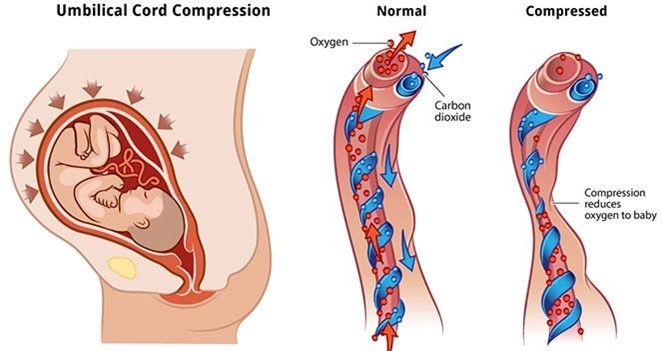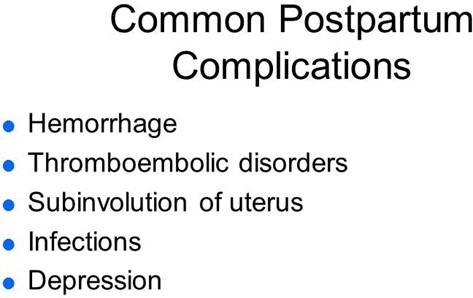A nurse is caring for a client following a cesarean birth. The client tells the nurse that she is hungry. Which of the following actions should the nurse take first?
Offer clear liquids.
Auscultate the client's abdomen.
Check the client's chart for a diet prescription.
Give the client soda crackers.
The Correct Answer is B
Choice B reason:
Auscultating the client's abdomen is the first action the nurse should take, as it can assess the return of bowel function after surgery. The nurse should listen for bowel sounds in all four quadrants, and note their frequency and quality.
Offering clear liquids is an important action, as it can provide hydration and nutrition for the client. However, this is not the first action the nurse should take, as it may cause nausea and vomiting if the client's bowel function has not returned.
Choice C reason:
Checking the client's chart for a diet prescription is an important action, as it can ensure that the client follows the provider's orders and does not consume anything contraindicated. However, this is not the first action the nurse should take, as it does not address the client's hunger or bowel function.
Choice D reason:
Giving the client soda crackers is an important action, as it can provide a bland and easily digestible food for the client. However, this is not the first action the nurse should take, as it may be too solid for the client's stomach if her bowel function has not returned.
Nursing Test Bank
Naxlex Comprehensive Predictor Exams
Related Questions
Correct Answer is D
Explanation
Choice A reason:
Maternal opioid administration is incorrect, as this factor can cause late decelerations in the fetal heart rate. Late decelerations are symmetrical decreases in the FHR that begin after the peak of the contraction and return to baseline after the contraction ends, which indicate uteroplacental insufficiency. Maternal opioid administration can reduce maternal blood pressure and placental perfusion, leading to fetal hypoxia.
Choice B reason:
Fetal head compression is incorrect, as this factor can cause early decelerations in the fetal heart rate. Early decelerations are symmetrical decreases in the FHR that mirror the contractions, which indicate fetal head compression and vagal stimulation. Fetal head compression occurs as the fetus descends into the birth canal and does not pose a threat to the fetal well-being.
Choice C reason:
Uteroplacental insufficiency is incorrect, as this factor can cause late decelerations in the fetal heart rate. Uteroplacental insufficiency refers to a reduced blood flow and oxygen delivery to the fetus through the placenta, which can result from maternal hypotension, uterine hyperstimulation, placental abruption, or other conditions. Uteroplacental insufficiency can cause fetal hypoxia and acidosis.
Choice D reason:
Umbilical cord compression is correct, as this factor can cause variable decelerations in the fetal heart rate. Variable decelerations are abrupt decreases in the FHR that vary in onset, duration, and depth, which indicate umbilical cord compression and reduced blood flow to the fetus. Umbilical cord compression can occur due to cord prolapse, nuchal cord, short cord, or other causes. The nurse should reposition the client, administer oxygen, and prepare for delivery if indicated.

Correct Answer is B
Explanation
Choice A reason:
A urinary output of 2,000 mL/12 hr is normal for a postpartum client, as the body eliminates excess fluid accumulated during pregnancy.
Choice B reason:
A temperature of 100.4 F for two days indicates a possible infection, such as endometritis or mastitis, and requires further evaluation and treatment.
Choice C reason:
Chills shortly following delivery are common and benign and are caused by hormonal changes and fluid shifts.
Choice D reason:
A fundus at the umbilicus level is expected for a postpartum client and indicates that the uterus is involuting properly.

Whether you are a student looking to ace your exams or a practicing nurse seeking to enhance your expertise , our nursing education contents will empower you with the confidence and competence to make a difference in the lives of patients and become a respected leader in the healthcare field.
Visit Naxlex, invest in your future and unlock endless possibilities with our unparalleled nursing education contents today
Report Wrong Answer on the Current Question
Do you disagree with the answer? If yes, what is your expected answer? Explain.
Kindly be descriptive with the issue you are facing.
